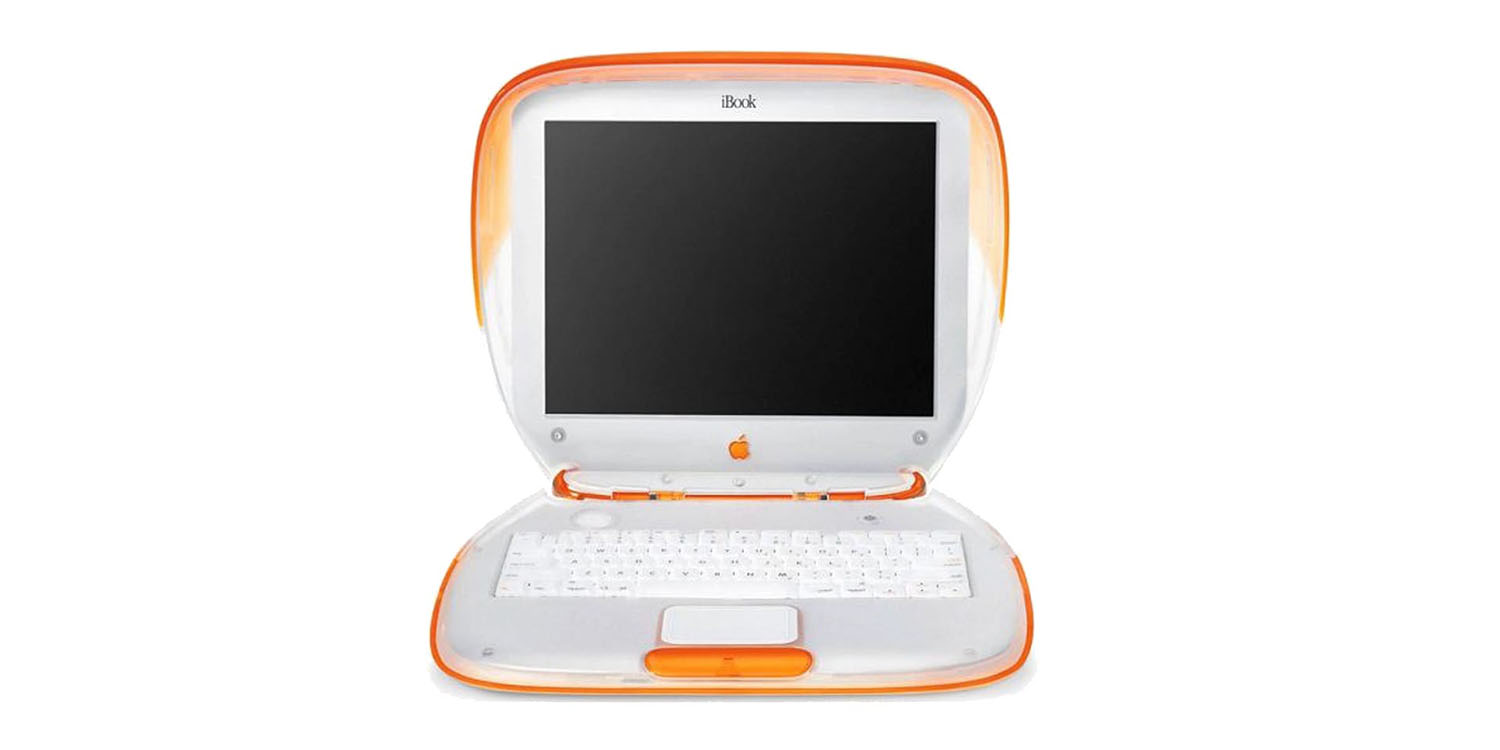
A very sketchy report claims that Apple is planning to make an ultra low-cost MacBook series for the education sector, at what is implied to be a substantially lower price point than the entry-level MacBook Air.
It suggests Apple is seeking to compete with Chromebooks, and could launch the new models as soon as the second half of 2024 …
Low-cost MacBook claim
The Digitimes report is extremely light on details, and the basis for the claim is unclear as it specifically says that there is no sign of the devices in the production supply chain.
Sources said Apple will likely launch a new product line for its low-cost MacBooks to differentiate it from the existing MacBook Air and Pro lines. The outer appearance will still use a metal casing but made of different materials. The unit price of the mechanical components will be lower, allowing for a more affordable price aimed at the education market, similar to the positioning of Chromebooks […]
Major suppliers Quanta Computer and Hon Hai Precision Industry (Foxconn) show no signs of related activity; therefore, chances the product would launch in the first half of 2024 are unlikely.
That’s it: a claim based on unspecified “industry sources,” and no sign of it in the supply chain.
9to5Mac’s Take
Let’s take this a step at a time …
Competing with Chromebooks would be a huge undertaking
First, even the report acknowledges that trying to compete with the Chromebook market in the education sector would be a monumentally challenging task. The type of Chromebook models used within schools are typically ultra-affordable models, which can cost less than $200 each even at retail prices.
It’s hard to imagine Apple getting the cost of any MacBook remotely close to this point, no matter what compromises it makes on materials and components. The ultra-budget market is just not Apple.
Second, it’s not just about cost. An entire infrastructure has grown up around Chromebooks and Google services, creating significant barriers to entry for any competing OS, even Windows. Yes, Macs come with a range of free productivity apps, and yes, Apple has iCloud, but meeting the specific needs of the education sector is a whole other ballgame.
Apple’s recent education efforts have focused on the iPad
Apple’s recent attempts to make inroads into the education sector have been focused on iPads rather than Macs. (The more distant history is discussed below.)
Even here, it has struggled to gain too much traction – again, because even iPads are competing with Chromebooks which offer more flexible use, at a lower cost.
The cannibalisation risk would be huge
Sure, Apple has claimed that it never worries about cannibalising its own products, because if it doesn’t, someone else will. That’s why it has increasingly blurred the lines between iPads and MacBooks, claiming that both are computers. It’s undoubtedly the case that a significant number of consumers with undemanding needs have been able to buy a base-level iPad with keyboard, instead of a MacBook.
But a Chromebook-level low-cost MacBook would be an entirely different level of risk. If someone decides they do want a laptop form-factor rather than an iPad, Apple pricing starts at $999. Even education pricing for the base model MacBook Air costs $899 (albeit with a $150 gift card offer at present).
Offer consumers the option of a MacBook for just a few hundred dollars, and many of them are going to take it. Even if they are only officially sold within the education market, it’s not that hard to qualify (an adult night class will do it), and with that kind of financial incentive, plenty of people would make the effort and/or buy through a student friend.
Limiting sales to educational establishments directly, and not allowing students to buy them, would be a potential workaround, but this still risks devaluing the brand, and frustrating consumers who know the product exists but are unable to buy one.
Apple did once view the education market as key, but …
Of course, it could be argued that Apple once viewed the education market as a gateway to future sales.
Apple was one of the first companies to realise that, if you want the consumers of tomorrow to buy your products, having students use them today is a good strategy. The company has, in the past, put a lot of work into getting its products into the education sector for this reason, at at one point it was estimated that the market accounted for around 25% of Apple’s revenue.
The eMac is the best-known example. First launched in 2002, it was specifically designed to be sold in volume to educational institutions, and the CRT machine continued to be sold to schools and colleges after Apple made the switch to flat-panel monitors in the consumer market.
But it should be noted that the eMac was never a budget product. When launched, it cost $1,099, which is close to $1,900 in today’s money.
Similarly, Apple has used cheaper materials to make lower-cost laptops in the past. The iBook range was introduced in 1999to provide a more affordable option to the PowerBook models. But again, the iBook was far from a budget device: the first one, shown above, cost $1,599 – which is around $2,800 in 2023 dollars.
Apple continued to offer both cheaper and more expensive laptop lines in the form of the MacBook Air and MacBook Pro models, but again with nothing like the price differential implied by Chromebook comparisons.
So all of this is saying that, yes, Apple has previously made a big play for the education market, but never with an ultra-affordable model.
Maybe there is something behind the report, and there are some premium Chromebooks at prices much closer to that of MacBooks, but I certainly wouldn’t hold my breath for an ultra-cheap MacBook.
FTC: We use income earning auto affiliate links. More.





